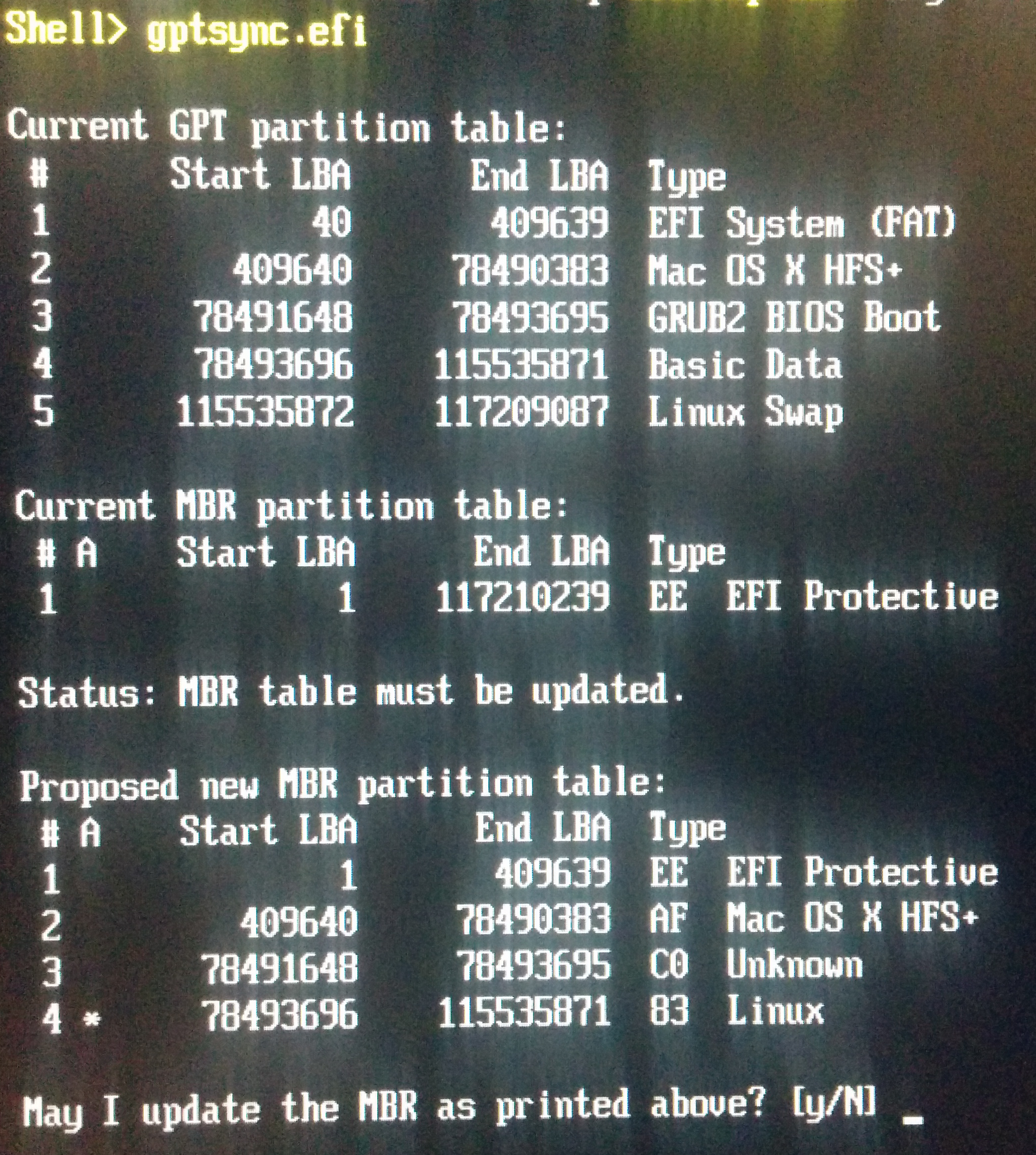
Your mint partition should be formatted as ext4 and mounted on /. Look at the partition sizes to recognize your mint, home and swap partitions. Ignore small partitions between the big ones (don't delete them though). You should see an EFI menu asking you which volume to boot Keep your finger pressed on the Option key (which is also the Alt key) and turn on the computer Shutdown the MacBook Pro (you need to Shut it down properly, not just reboot it) So first, let's proceed as with any other installation: after the installer is finished, we'll need to fix the EFI boot order. so this partition should be as large as possible. The home partition is where all your files will be, your pictures, your music, your movies.
INSTALL LINUX ON MAC MINI 2006 INSTALL
Linux Mint takes less than 10GB when installed and that can grow to 20-30GB as you install applications. The Linux Mint partition is only for the operating system so it should be small also. Whether you've got 4GB, 8GB or 16GB RAM on your macbook, a 4GB partition should be more than enough.
INSTALL LINUX ON MAC MINI 2006 MAC OS
Resize the Mac OS partition to free some space on the hard drive and create three new FAT partitions at the end of the disk:Ī partition for Linux Mint (between 20GB and 50GB) There are in fact a few more (one of them being the EFI system partition) but they don't reall matter right now. That makes it handy to upgrade the operating system later on without impacting the data.īoot into Mac OS first and open the partitioning utility. Note: In this tutorial we'll be using a dedicated /home partition so your Linux Mint operating system will be on one partition and all your data on another. It might help people using other editions or different types/versions of MacBook laptops although some of the information might differ slightly or might feel less relevant. This tutorial focuses on dual-booting Mac OS and the Cinnamon Edition of Linux Mint on the MacBook Pro 13" with Retina display (version 11,1). team to acquire one, not only to write this tutorial and make it easy for you to install Linux Mint on it, but also for us to learn a bit more about some piece of iconic hardware and adapt/improve Linux Mint with it in mind.

So for all these reasons it felt important for the dev.

It's also quite fussy when it comes to compatibility because it's an Apple computer and because it ships with components which drivers aren't open-source. The MacBook Pro is a great piece of hardware and a very popular laptop.


 0 kommentar(er)
0 kommentar(er)
